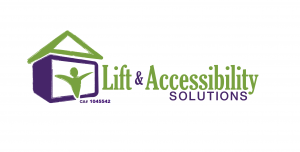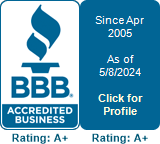26 Aug 2014
Straight Chair Lift Safety Feature
Hello, my name is Paul Harlin with Lift and Accessibility Solutions, here at a client’s home in Santa Rosa, CA to show you one of the safety features that you can get with a straight stair lift. A straight stair lift, the rail sticks past this bottom nose, usually 16 to 18 inches, and past the top nose, somewhere between eight and 12 inches. Most of the time that’s not a problem, there’s a wall running along that edge, and you never walk there anyway, so not an issue. When we get a scenario where we have a doorway or a walkway at the bottom, like we do at this home, or if we have a door very close at the top of the stairs, that rail sticking past could become a trip hazard, and we need to address that. The last thing we want to do is have someone tripping, particularly at that top, and come tumbling down the stairs.
We need to remove that trip hazard, and this sliding rail is one of the ways it actually removes it at both the top and the bottom. What a sliding rail does, I’m gonna push the remote to kinda simulate riding it, is when the chair starts moving up, and the client would be riding from the bottom, in this case, to the top, the rail underneath it also starts moving. The rail is now moving toward the top, so that by the time the client gets to the top, the rail at the bottom is completely out of the way and is no longer a trip hazard. The reverse is true when the client is riding back down, where the rail slides down, and is available at the bottom, but it’s out of the way at the top. This provides safety for everybody involved as they’re moving and going about their daily lives around this stair lift.
I hope this is helpful information. Please feel free to give me a call if you have any questions.




